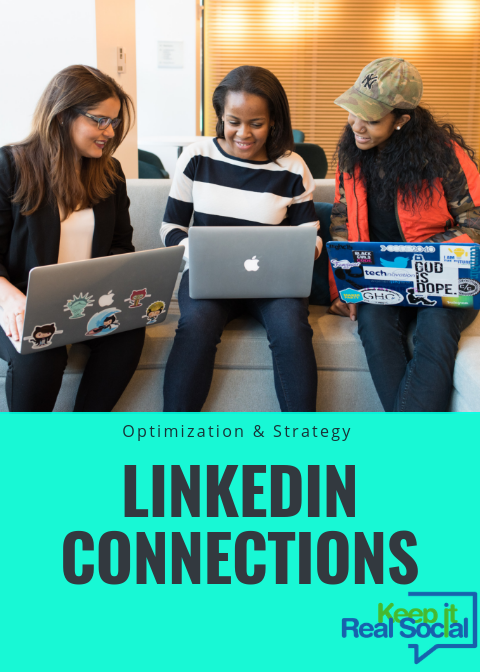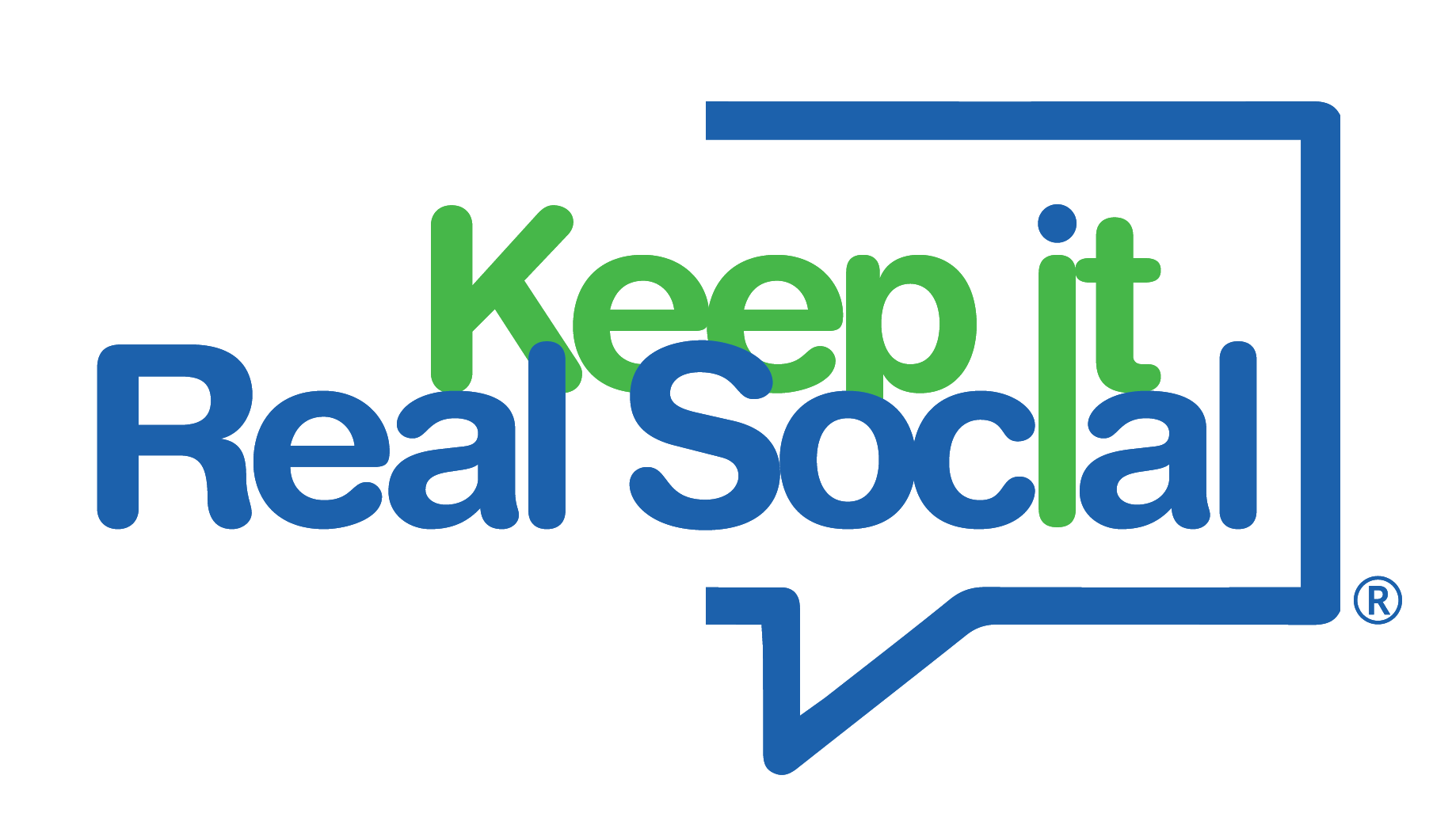Making the right connections on LinkedIn (or on any networking platform) should never be hit or miss. Don’t leave your marketing to chance; instead, know exactly who you’re serving, who you want to speak with, and what you have to offer.
1.Know your target audience. Finding the right connections starts first by knowing the intimate details about your target market. If you don’t know who you serve, how will you know when you find them? To begin, answer these questions: who, what, where, and why.
- WHO is your target audience? Know their demographics from their education, work experience, where they live, and if they are married and have a family.
- WHAT is their pain point or struggle? What do they need help solving? What can YOU offer to solve this problem?
- WHERE does your target audience hang out online? Which LinkedIn groups can you find them?
- WHY can you help them resolve their pain point? Why should they choose you over a competitor?
2. Share niche-specific content. Sharing content on LinkedIn is commonplace but crafting your content to speak specifically to your niche and their pain points will make you stand out.
- Create strong headlines with your niche-specific keywords.
- Address their particular struggle and offer some advice, a checklist, or a few action steps.
- Dig deep with your keywords; knowing your key demographics for your audience will help you find the right keyword descriptors that will entice them to read your content or to help them find you while searching LinkedIn.
3. Leverage in-person connections. Online networking should never replace real-life networking, so when you meet people at a conference or networking event, feel free to send them a LinkedIn request.
Jog their memory of how you met in a personal note, NOT a sales note.
- Jog their memory of how you met in a personal note, NOT a sales note.
- Certainly, inform them of what you do and your company name but save the sales pitch for another time.
- Even if they are not prospects who can directly benefit from your services, you never know who THEY know who might be your perfect customer.
4. Ask for referrals or introductions. Which of these ideas do you think will get the best reception: you randomly send LinkedIn connection requests or you have a friend make a mutual introduction? Nine times out of ten, the personal introduction will get immediate attention whereas random requests will be forgotten. If you want to meet someone in particular or want to meet a contact at a particular company, simply talk to your current network, either personally or in groups. It never hurts to ask and the introduction may be easier to find than you expect.
Don’t be intimidated by LinkedIn marketing. Consistency is important for online networking so develop a plan which includes specific content sharing, groups to visit, and qualifying leads you want to meet. Once you formulate a plan, implementation becomes much easier and less time-consuming. Consistency also shows these new connections that you are serious about your business instead of treating it like a passing hobby, so plan to visit LinkedIn daily.




